Virtua Fighter enters the third dimension
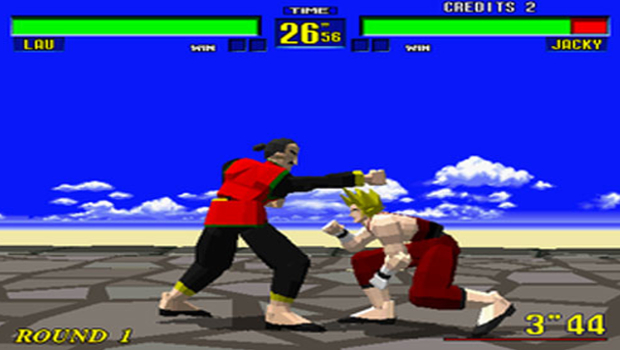
While the likes of Street Fighter and Mortal Kombat were just beginning their battle for 2D fighting game supremacy, Sega had been mostly unsuccessful in trying to carve out a name for itself within the genre. Titles like Holosseum and Dark Edge didnt prove popular, and while Eternal Champions sold well, it didnt set a new standard. It wasnt until the release of Virtua Fighter in 1993 that the Japanese publishing giant saw its greatest gains.
VF was the first arcade fighter to feature fully 3D graphics--although those would come to look outdated just a short while later--and its controls were basic enough that anyone could pick up and play. This accessibility was key, as it almost single-handedly sold the Sega Saturn console to millions of fighting fans around the globe when it was ported to that system a year later.
Fighting games begin their decline
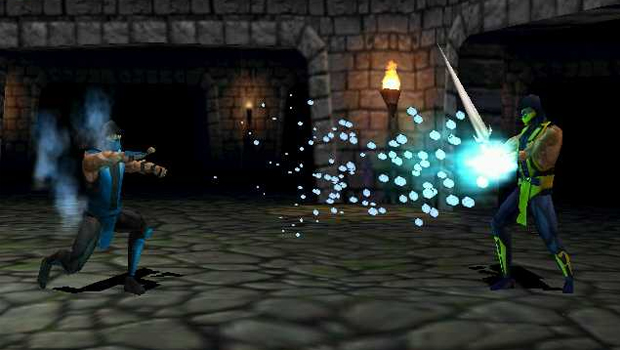
Street Fighter, Mortal Kombat, and Virtua Fighter were big enough to keep fighting games afloat by themselves at the time, but the mid-'90s saw the genre start a decline in popularity that would largely last for the next decade-and-a-half. Yes, there were quality franchises launched during this timeframe--games like Tekken, Dead or Alive, the Soul series, Guilty Gear, Marvel vs. Capcom, and others. But for the most part, those series never reached the heights previous fighting games had attained.
The people behind these fighting games seemed to have lost sight of what made games like Street Fighter II and Mortal Kombat popular in the first place: their accessibility. An enormous part of the previous games appeal was that anyone, from grizzled FGC vets to lowly newbies, could enjoy a round or two. As time passed, though, fighting games became more and more specialized. They pandered too much to the hardest of the hardcore, and as a result, became too complex and convoluted for their own good. Soon enough, the fighting game market became sequel-ridden and too unoriginal to reignite the kind of passion it had in the past.
Super Smash Bros. lights the fire again
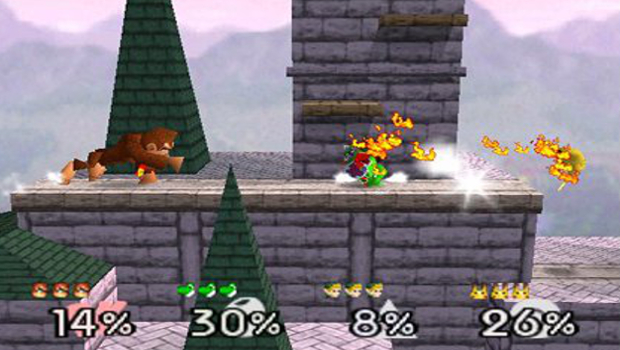
This lull mostly maintained with few exceptions until the end of the decade. But in 1999, Nintendo--of all companies--released their crossover blockbuster Super Smash Bros. on the N64. It not only pitted the Big Ns iconic characters against each other for the first time, but also spawned the kind of loving, large-scale community around it that hadnt been seen in years. Super Smash Bros. wasnt exactly a fighting game in the traditional sense, what with its larger-than-average environments, lack of life bars, and emphasis on ring outs over traditional KOs.
What SSB did have, though, was that all-important pick-up-and-play factor, especially in multiplayer. But even though it was instantly accessible, SSB also managed to develop a deeply dedicated competitive scene around its large cast of characters. For the first time in a while, a major fighting game had manage to capture that spark between people wholl spend hours learning its nuance--and people who just want to punch Jigglypuff for a couple matches. The fact that its probably being played in any given college dorm hall at this very moment is a testament to its everlasting success.
Street Fighter IV brings the series back to prominence
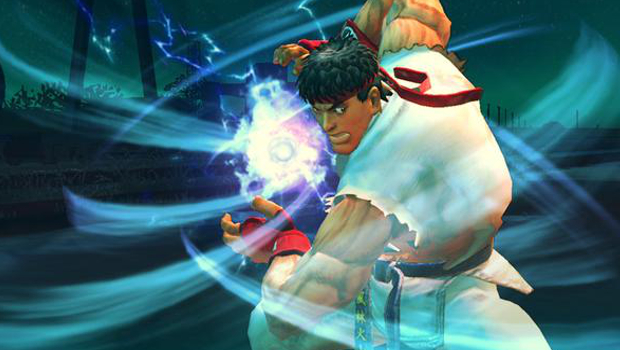
We decided to fast-forward a decade here because, well, there werent too many significant landmarks in the fighting game scene in the early-to-mid 2000s. Again, the genre had hit a kind of lull, highlighted by a few excellent new titles--BlazBlue, Tatsunoko vs. Capcom, Third Strike--but marked by overall decreased enthusiasm and a deathly case of sequel-itis. Thankfully, though, there would soon be signs of life again in fighting games, with a familiar brand leading the charge.
Sign up to the GamesRadar+ Newsletter
Weekly digests, tales from the communities you love, and more
That brand, of course, was Street Fighter. Its fourth core installment, released in 2009, began something of a renaissance for the genre as a whole. Its new online modes, revised controls, spectacular production values, and general commitment to bringing the SF franchise into modernity endeared it with critics and fans alike. There was, and continues to be, a distinct nostalgic streak in many gamers these days--so when Street Fighter came back with its mix of classic gameplay and sexy looks, most players welcomed it with open arms. It was just the right mix of old and new, released at just the right time in a market saturated with big-budget shooters.
The fighting game renaissance continues today
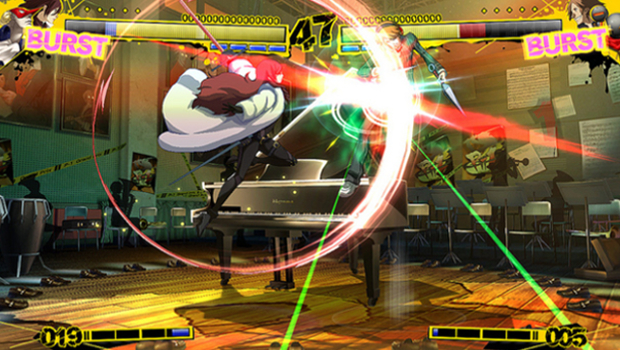
As previously mentioned, Street Fighter IV can be seen as the kickoff point for a revitalized modern interest in fighting games. If the last three years are indication, theres a definite demand for more fighters, as a multitude of strong titles have been released. These include improved sequels--like Tekken 6, Tekken Tag Tournament, Soulcalibur V, and the rebooted Mortal Kombat--as well as relatively newer titles, like Persona 4: Arena and PlayStation All-Stars Battle Royale.
On the whole, fighting games could stand to have a little more originality, but it would seem like were in the midst of a fighting game renaissance. For those who have been a part of the fighting game community since the days of Karate Champ or Yie Ar Kung-Fu, these days couldnt be any brighter.
KO!
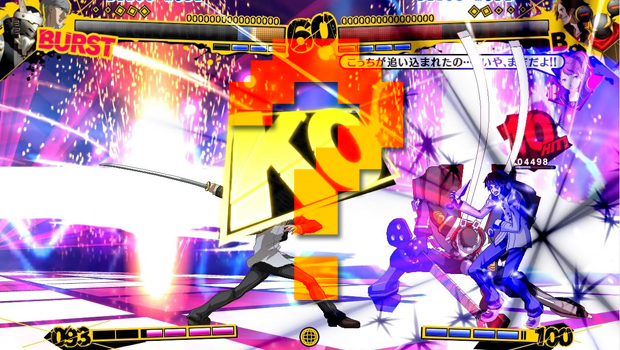
As always, running through the complete history of an entire genre would be just too much for one feature. So, if theres anything important that you think we snubbed, let us know in the comments below.
And for more thoughts on fighting games, check out our Top 7s of the best fighting game characters and companies that deserve their own fighting game, as well as our list of 29 obscure fighters that deserve HD remakes.


